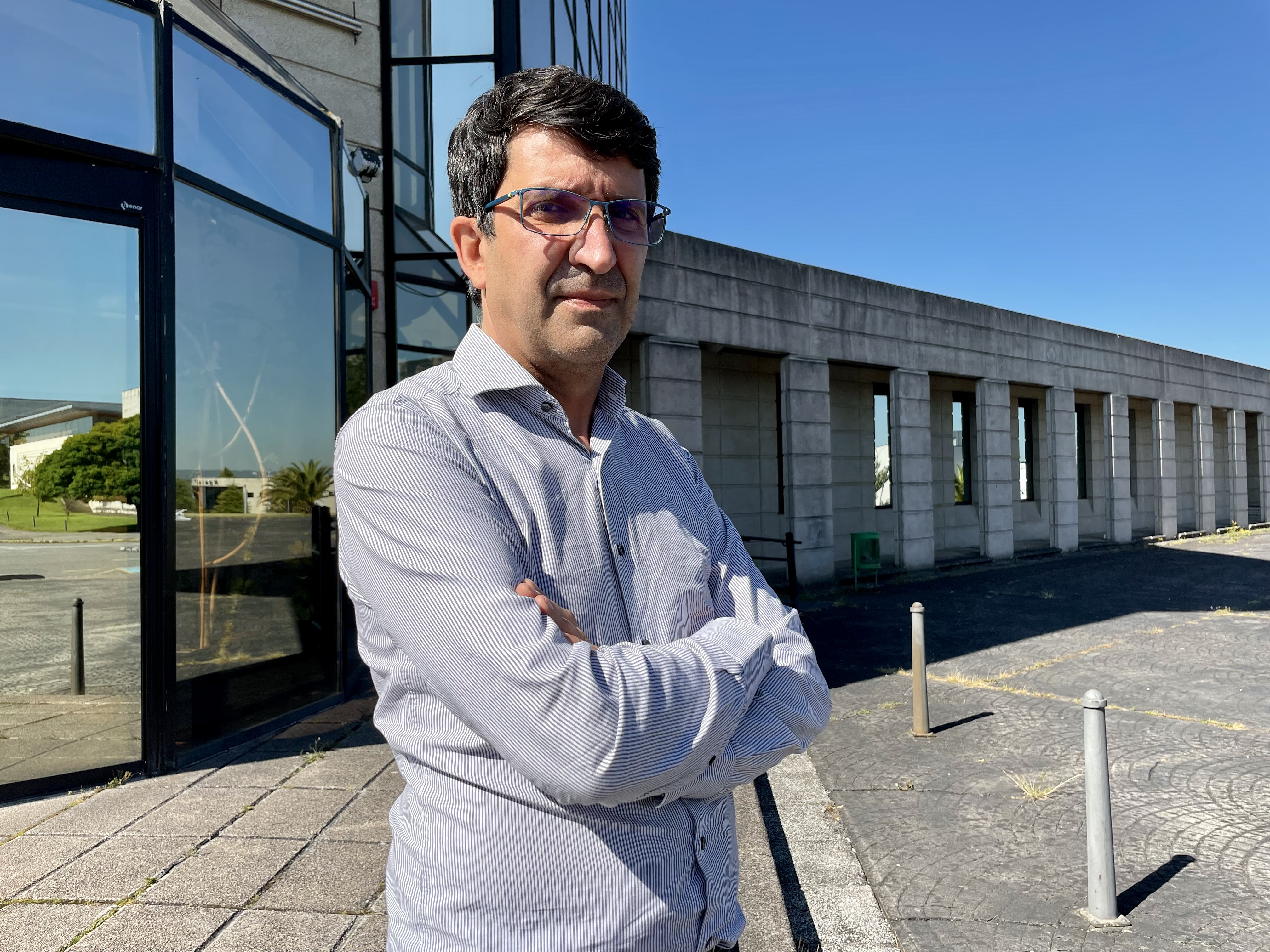
Latest information

Interview with the Managing Director of Tecnópole, Javier Taibo Gallego
The pandemic forced companies to compete in a global market. The Galicia Avanza accelerator will support 30 companies to have a presence abroad, as Javier Taibo explains.
A year has passed since you came to the Parque Tecnológico de Galicia. At that time, you mentioned that you were drawing up a strategic plan. What are its basic principles and how has the pandemic affected, or is affecting, its implementation?
Tecnópole's strategic plan is based on 5 pillars: using the available space, business development, promoting innovation, meeting the SDGs (Sustainable Development Goals and Targets) and lastly, training and communication. The objectives for these 3 years follow a staggered schedule, but by the end of 2024 we hope to have an environment conducive to innovation, facilitating and accelerating the projects of our residents, favouring business cooperation that creates community. We will continue to foster STEM careers among children and young people, reinforcing Galiciencia and the Newton classroom (with the support of Boeing and First Scandinavia), trying to secure talent in the region in a unique habitat that respects the environment and is energetically self-sustainable. Since the plan was developed during the pandemic, its effects are already there, taking advantage of the lessons learned, fostering strong communication tools and infrastructures that allow remote working for our residents.
What role is the Parque Tecnológico de Galicia playing in attracting European Next Generation funds for resident companies?
From the Parque Tecnológico, we are following the development of the different Pertes via the associations we are members of: APTE (Asociación de Parques Tecnológicos de España), its international counterpart IASP and AMETIC (Asociación Empresas TIC), firstly to detect projects that require a place to settle and also as antennae to try to find participation opportunities for our resident companies.
You participate in the Galicia Avanza acceleration programme aimed at internationalising companies. What results have been obtained and where do the challenges of internationalisation lie?
As part of a joint reflection process with the Xunta de Galicia via Gain and Igape, we detected a large number of excellent quality Galician projects that require a step towards internationalisation in order to grow. The pandemic and the accelerated digitisation it led to have broken down borders and globalised the market to a large extent. In order to enable companies to better compete in this environment, Galicia Avanza was born.
In its first call for proposals, 30 companies were selected and over the next few months, we will provide them with a diagnosis of their internationalisation, and in a second phase, we will provide them with the necessary services to apply this diagnosis. At the end of this year, we will launch a second call to accelerate another 30 companies during 2023. The work has just begun, so it is too early to have the results of the diagnosis.
Is the Parque de Galicia promoting cooperation with Galician universities, and if so, in what way?
Well, the three Galician universities are already in Tecnópole since they are shareholders, but it is also true that we want to have a much closer relationship with them and that is why an advisory council of the Park will be created which will allow us to have better contact. It is essential to be able to support technology transfer to companies and to support the creation of business initiatives that are born at the University. We have already been collaborating for some years with the University of Vigo in its Incuvi programme and we are in the process of strengthening this collaboration. Finally, we hope that with the creation of the council we can increase the links with A Coruña and Santiago.
One of the most recognised tasks of Tecnópole is that of promoting awareness of science. How is this being promoted?
We want to strengthen it and, as far as possible, make it grow. In particular in Galiciencia next year we will include a section for vocational training and we have already announced the challenge, which will revolve around aeronautics and aerospace. As for the Newton Classroom, the only one in Spain, we will double the number of schools that will be able to visit us from October with the new school year, with the novelty that the flight mission they will have to carry out will be over Galicia and not over Norway as it was the first year. We will also continue with our summer course and the Aulas Tecnópole, which offers extracurricular activities for young people with technological interests.
What is the current situation of Galician technology companies and what role do they play in the economic growth of the region?
I believe that the pandemic forced us to accelerate digitisation, and technology companies rose to the challenge, delivering solutions that allowed us to adapt businesses to this new reality. It is difficult to assess the contribution of cross-cutting sectors as this should not be measured exclusively by their share of GDP, but mainly by the way in which these technology companies enable third companies to develop.
Some examples are sectors such as ICT or those related to Industry 4.0, whose contribution to GDP is low, but without them the real possibility for companies to have products available to customers at reasonable costs is ultimately a high percentage of GDP.
Another lesson learned from the pandemic is the importance of relying not only on technology companies, but also on their production processes, in order to reduce dependence on third countries and strengthen their quality. This is very much in line with the European strategy of technological sovereignty, which seeks to establish productive companies in Europe, with the aim, for example, of reducing Europe's dependence on computer chips from the current 90% to 80%.